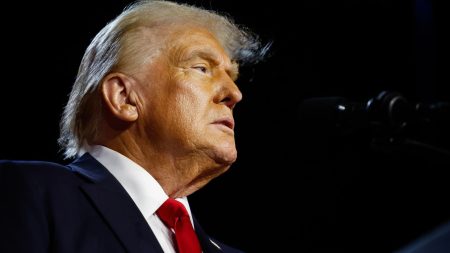An increasingly popular way to avoid probate and other estate planning issues is the transfer on death or payable on death account. There can be more to these accounts, which I’ll refer to as TODs, than many people realize.
Most financial institutions now have a specific form that is completed to designate an account as a TOD and name the beneficiary (or beneficiaries). Most states have laws recognizing the accounts and setting rules for them.
The original TOD account was created informally by the way the account was titled and became known as a Totten trust, after the name of the 1904 court case recognizing it.
A TOD avoids probate and isn’t covered by the will. Those qualities make TODs attractive for relatively modest balances and estates. TODs also can be good for asset transfers the owner wants to keep private.
A TOD also can be used to ensure the beneficiary has cash available for daily needs after the owner passes away and before the bulk of the estate is settled.
Some people like the benefits of the accounts so much that they have multiple TODs. The potential downside is the beneficiaries and estate executor might not be aware of all the TODs. The accounts could become lost property after the owner passes away if the beneficiaries don’t claim them.
To avoid that, an owner should keep a record of all TOD accounts. Be sure the estate executor or some other trusted person has the list and will notify beneficiaries of their interests.
The owner also must remember the TODs when creating or updating the rest of the estate plan. Otherwise, the plan might have inconsistencies, such as a beneficiary receiving more or less wealth than intended.
Also, the owner needs to review the beneficiary designations periodically. Beneficiaries might pass away, become estranged, or experience other changes. Or the owner’s goals and objectives could change.
Many TODs don’t allow the owner to name a contingent beneficiary. If the primary beneficiary dies first and the owner dies before updating the account, the account will go through the probate estate. Owners should be aware of this before electing to use a TOD.
A TOD doesn’t provide creditor protection for the beneficiaries the way a formal trust does, and most financial institutions don’t allow TODs to name formal trusts as their beneficiaries. The institutions allow only individuals as beneficiaries of TODs. For asset protection, you might want to create a formal trust.
The account owner should be clear with the beneficiary about the purpose of the TOD and expectations for its use.
Sometimes most of a person’s liquid assets in are TODs. That ensures people in the family have enough cash to pay expenses. Otherwise, the family could be have to wait for the executor to be appointed, gain access to cash, and distribute the estate.
But putting too much of a person’s liquid assets into TODs also can mean the executor doesn’t have access to enough cash to pay estate expenses, distribute specific bequests, and handle other obligations.
The beneficiary of a TOD isn’t obligated to help the estate and might not be inclined to. Some TOD beneficiaries will help the estate with cash flow problems but expect to be reimbursed later from the estate.
Consider all the advantages and disadvantages of TODs and be sure the accounts are part of a comprehensive, consistent estate plan.
Read the full article here









